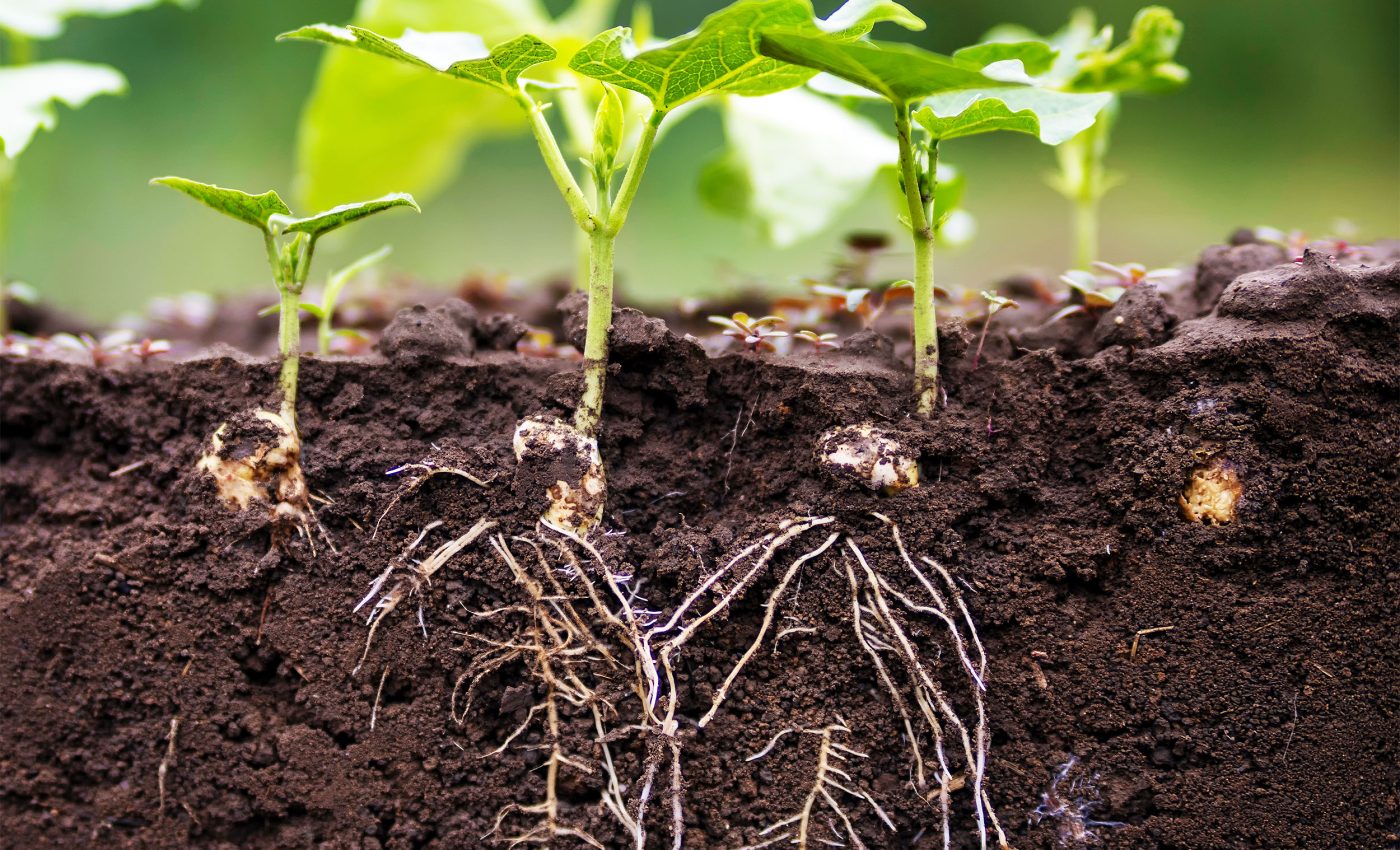
Scientists finally learn what makes plants grow faster and stronger
Every seed begins life with a simple aim: to reach water, collect nutrients, and stay upright. Beneath the surface, root tips probe the soil and spread into branches that keep the plant alive.
Getting those branches to appear at just the right spot and moment matters even more now that weather swings between long dry spells and sudden cloudbursts.
Researchers have traced that timing to autophagy, the recycling pathway many people associate with health benefits from fasting.
By following a shape‑shifting protein through Arabidopsis roots, the team uncovered how brief clean‑up pulses let new branches form and help crops cope with tougher conditions.
Plant roots’ cellular clean‑up crew
Scientists at the University of Copenhagen mapped the pathway in living seedlings. They watched the transcription factor ARF7 vanish and return in predictable waves, each tied to a jump in the growth hormone auxin.
“Fasting has become popular as it seems to have a range of health‑promoting effects in humans, as periods without food cause the body to activate clean‑up processes to dispose of various waste products in cells,” explains Assistant Professor Eleazar Rodriguez from the Department of Biology, who led the study.
“We have proven that the same mechanism, which also exists in the plant kingdom, plays a vital role in the ability of plant roots to grow and absorb water and nutrients for the rest of the plant.”
The process relies on NBR1, a tag that guides used proteins toward a vacuole for breakdown. Each removal of ARF7 resets the signaling circuit so it can fire again a few hours later.
When autophagy slows, ARF7 accumulates, messages run long, and the root loses its usual rhythm.
Autophagy and auxin
Side branches normally form with steady precision. Roughly every four to six hours, auxin peaks at the root tip and switches on genes that mark a patch of tissue for future branching.
“The movement of a root is almost like watching a snake slithering forward in search of water and nourishment in the soil. And we can see that the heartbeat is strongest every time the root meanders forth,” says Rodriguez.
Using a luminescent reporter, the team confirmed that ARF7 cycles in step with those hormone pulses.

The pattern resembles the circadian rhythms that guide leaf opening, yet it runs on its own schedule and focuses solely on building the hidden half of the plant.
When autophagy stalls
The group then disabled key autophagy genes to test the pathway’s limits. Mutant seedlings produced fewer lateral roots and soaked up less water.
“When we disrupted the plant’s autophagy, there was waste everywhere, and we were able to detect the ARF7 protein among the waste,” says Rodriguez.
Microscopy revealed swollen vacuoles packed with debris. Growth zones that once cleared their protein stockpile before each auxin wave now stayed loaded, leaving no room for a fresh signal. The result was a sparse, inefficient root system.
Why does any of this matter?
Because the recycling toolkit is shared across flowering plants, the findings open new options for breeders and for companies developing microbial soil additives.
Numerous methods to change the genetic characteristics of plants are available today. These can be used to get plants to develop longer roots, faster, and in doing so, become more resistant to droughts or floods.
“One of the methods enlists the help of bacteria that live in symbiosis with the plant and can cause the plant to change its growth pattern. Several companies in Denmark are working on this right now,” explains Ph.D. student Jeppe Ansbøl, who co‑authored the study.
Tuning autophagy or adjusting NBR1 tags could let roots chase moisture deeper in the soil and capture stray fertilizer before it washes away, improving harvests without extra inputs.
Autophagy makes stronger roots
“The more roots the plants have, the more water and nutrients they can take up, so the plants grow better, faster,” Rodriquez summarized.
“We’re heavily dependent on plants because they feed us, extract CO2 from the atmosphere and produce the oxygen we breathe. As such, it is extremely important to understand them fully, to which end we have just taken a big step forward.”
Pilot plots in Denmark are already testing these ideas under shifting rain patterns. Early observations hint that crops with tweaked recycling bounce back more quickly after both saturation and dry spells.
What next for crops and autophagy?
Upcoming work will examine whether other auxin response factors move through the same recycling pathway and how changes in light, temperature, or soil chemistry adjust the schedule.
Studies in mosses and liverworts, which split from flowering plants roughly 400 million years ago, may reveal how old the link between autophagy and development really is.
For farmers, a timely cellular tidy‑up could translate into sturdier yields. By keeping root cells clear of clutter, plants gain the freedom to build the networks they need to thrive in a climate that rarely sits still.
The full study was published in the journal EMBO Reports.
—–
Like what you read? Subscribe to our newsletter for engaging articles, exclusive content, and the latest updates.
Check us out on EarthSnap, a free app brought to you by Eric Ralls and Earth.com.
—–













